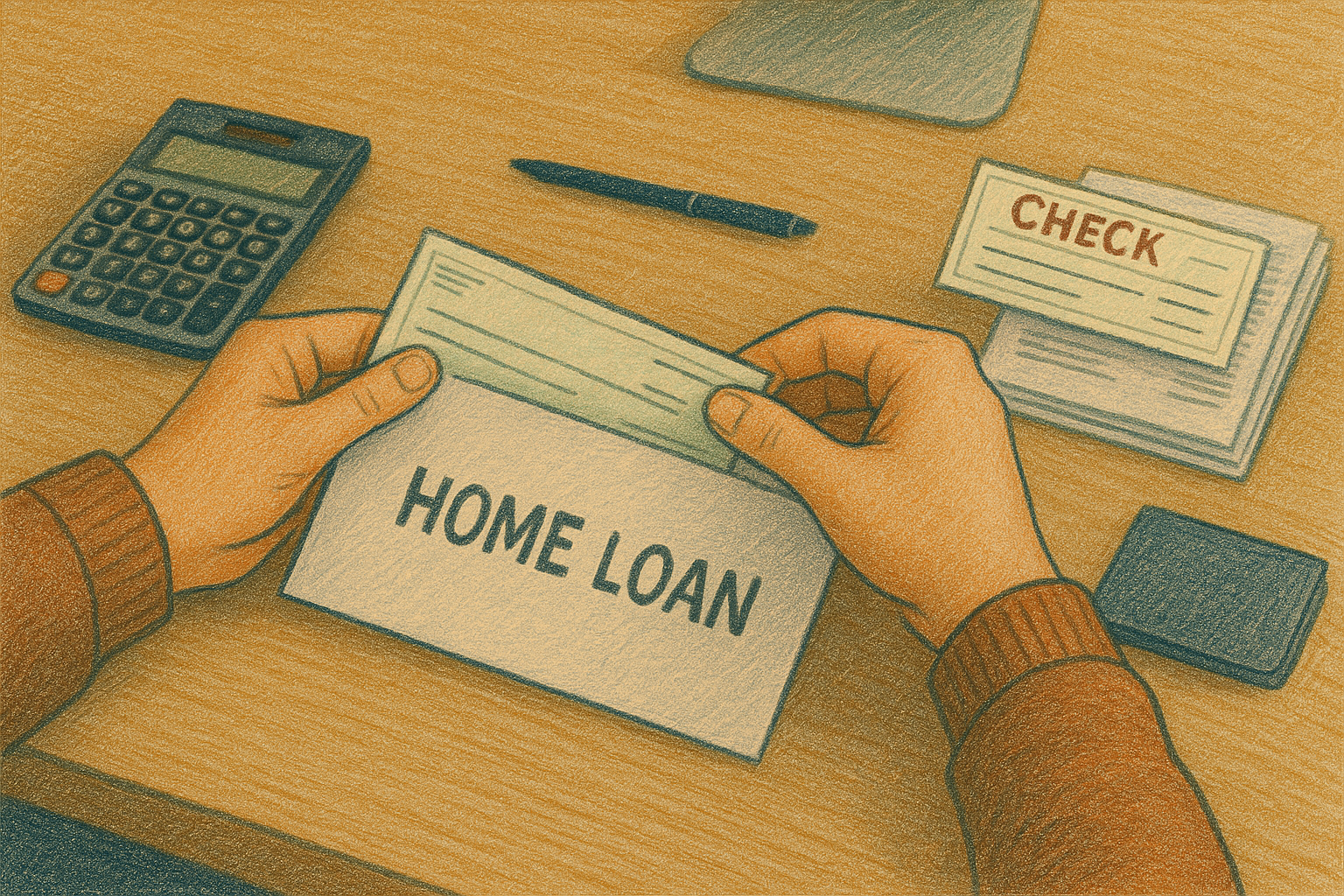Mortgage debt is often treated as an exception. Unlike other financial obligations, it is expected to last for decades and rarely targeted for early payoff. The structure of home loans, combined with cultural norms, creates the impression that long-term debt on a primary residence is both reasonable and strategic.
This assumption shapes financial decisions across all income levels. As other debts are eliminated, the mortgage remains in place, often untouched. Its presence is seen as acceptable—even beneficial—because of favorable interest rates or tax deductions. Over time, the balance becomes background noise: large, long-term, and structurally normalized.
Carrying a mortgage creates fixed pressure on monthly income. Even in financially stable households, the presence of this obligation limits flexibility. Paying it off changes more than the balance sheet. It alters how income is used, how risk is managed, and how financial choices are made.
Why Mortgage Debt Remains Untouched
Mortgage debt is rarely treated like other financial obligations. While credit cards, auto loans, and personal loans are often viewed as short-term problems to eliminate, the mortgage is accepted as a long-term feature of financial life. Most households take on a 15- or 30-year loan and plan to carry it to term, even while pursuing other financial goals.
This long horizon reduces urgency. Because the loan was expected to last decades from the start, it is not interpreted as a pressing concern. Monthly payments are built into the budget, refinanced for better rates, or extended for lower minimums. As long as the payment fits within household income, the loan continues with little reassessment.
The mortgage also benefits from social reinforcement. Owning a home with a mortgage is widely viewed as a financial milestone. In many cases, it signals success, regardless of how much of the home is actually owned. This cultural framing reinforces the idea that mortgage debt is different—more stable, more acceptable, and less important to eliminate.
This perception separates the mortgage from other debt and often removes it from payoff strategies entirely. As a result, it becomes a permanent fixture of the financial landscape, shaping monthly obligations without being challenged as a constraint.
How Rationalizations Reinforce Delay
Most resistance to early mortgage payoff is framed as financial strategy. Common arguments include preserving tax deductions, taking advantage of low interest rates, or investing the difference for higher returns. These justifications create the impression that keeping a mortgage is not only acceptable, but also efficient.
In practice, these rationalizations serve to postpone action. The benefits they describe are often theoretical or marginal compared to the long-term cost of sustained debt. Tax deductions decline as interest is paid down. Investment returns vary, and the ability to stay invested consistently is often disrupted by market volatility or other obligations.
The emotional weight of the mortgage balance also plays a role. Because the number is large and the timeline is long, early payoff can feel out of reach. This makes it easier to default to the original schedule, especially when the payment is affordable. The absence of immediate consequences reinforces the decision to delay.
These patterns are not based on financial failure but on the way mortgage debt is perceived. When treated as a separate category—less urgent, less harmful, and more strategic—it becomes resistant to the kind of intervention applied to other debts. That resistance allows the loan to persist long after it could have been addressed.
What Changes When the Mortgage Is Gone
Eliminating the mortgage removes the largest fixed expense in most households. Monthly income that was previously committed to housing is freed for other uses. This shift increases available cash flow without requiring additional earnings, creating more space for saving, investing, or adjusting lifestyle decisions.
The absence of a housing payment also changes how risk is managed. Without a mortgage, a household becomes more resilient to income disruptions. Job loss, medical expenses, or economic instability carry less pressure when the largest recurring obligation has been removed. Basic living costs drop, which reduces the urgency to recover quickly from financial setbacks.
Decision-making becomes more flexible. Long-term planning no longer needs to account for decades of fixed payments. Major transitions—such as early retirement, relocation, or career changes—are easier to consider when the cost of staying housed is no longer a constraint. Instead of planning around a loan, the household plans around actual needs.
Ownership also takes on a different meaning. Once the mortgage is paid off, the home becomes a financial asset without a liability attached to it. The property is no longer partially owned by a lender, and that change redefines the role it plays in overall financial stability.
Mortgage debt is often the final form of borrowing people are willing to keep. Its long timeline and social acceptance allow it to remain in place, even after other obligations are eliminated. When the mortgage is removed, the structure of household finances shifts. Income becomes more flexible, risk decreases, and planning expands beyond repayment. Financial independence reflects the absence of instability and the elimination of fixed financial requirements, including the mortgage.
Finance Health
Focused on long-term growth and financial resilience, Finance Health is a voice of compound interest, consistency, and the long game.







